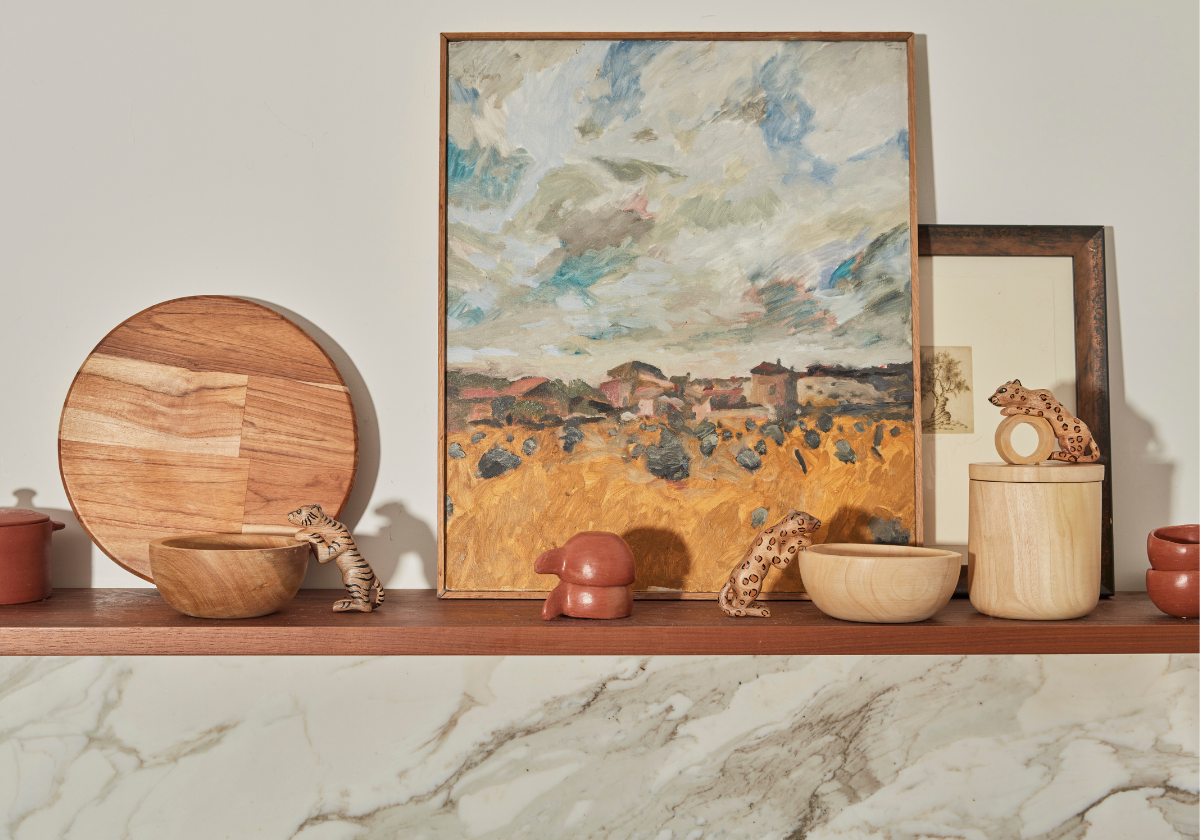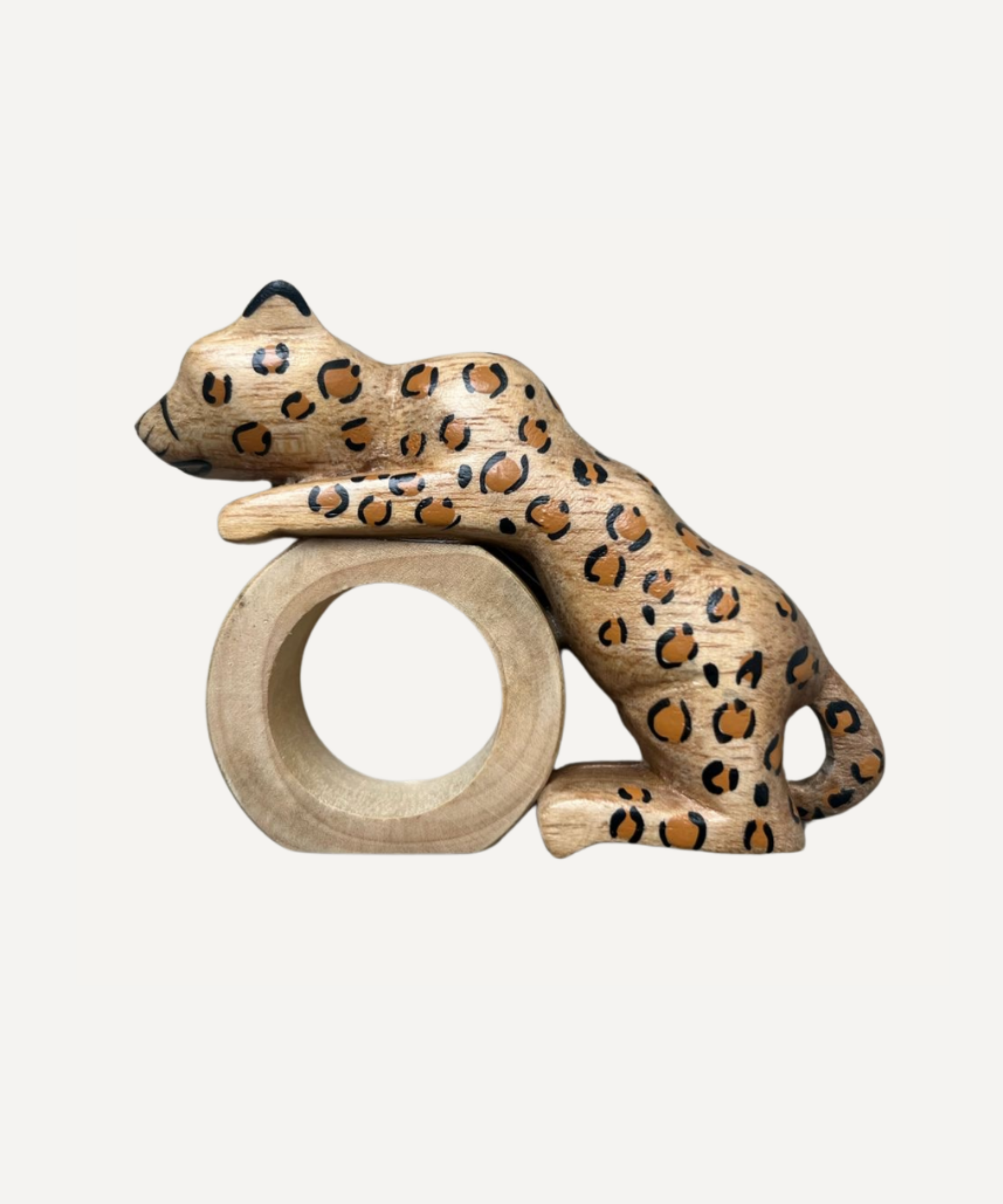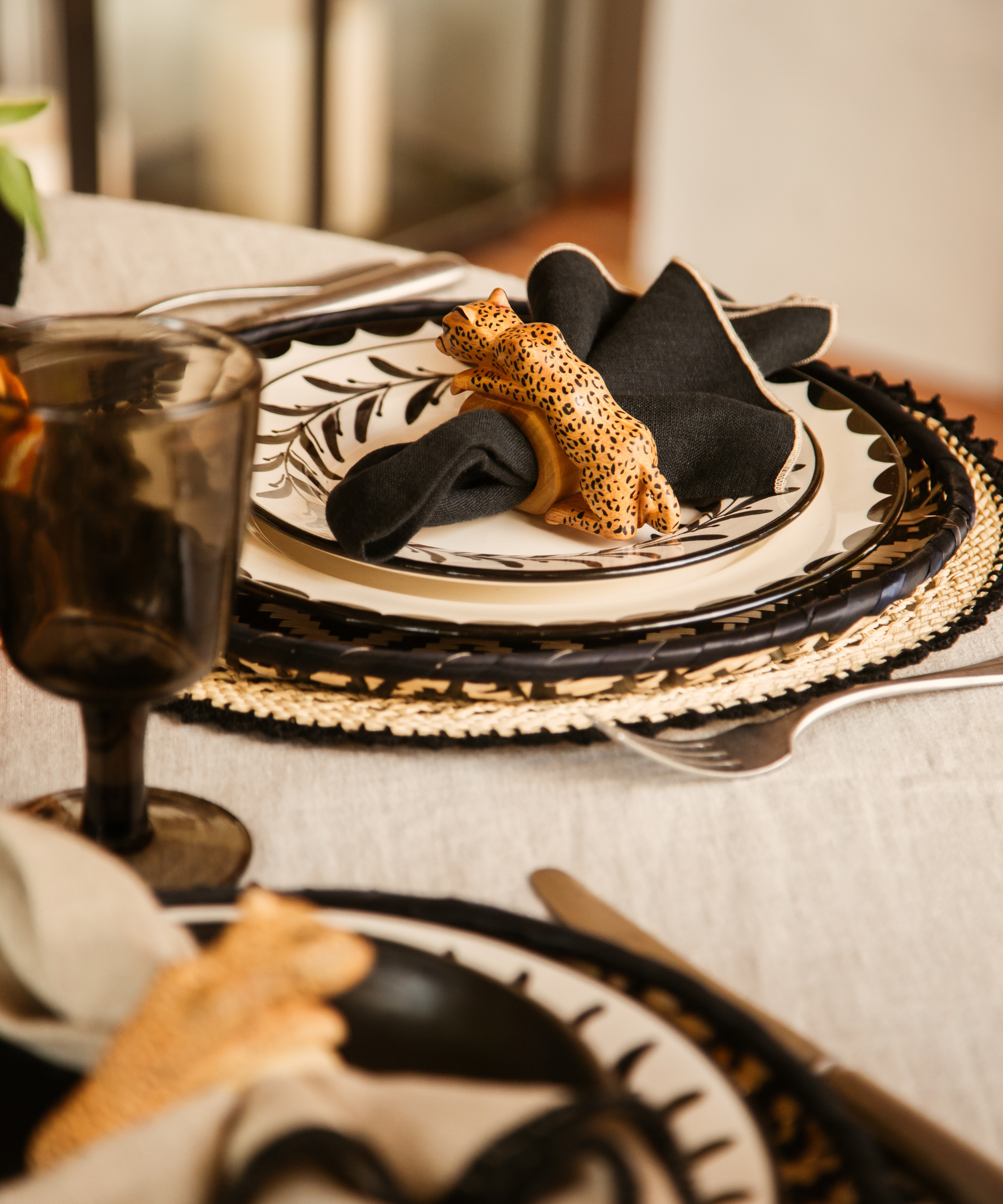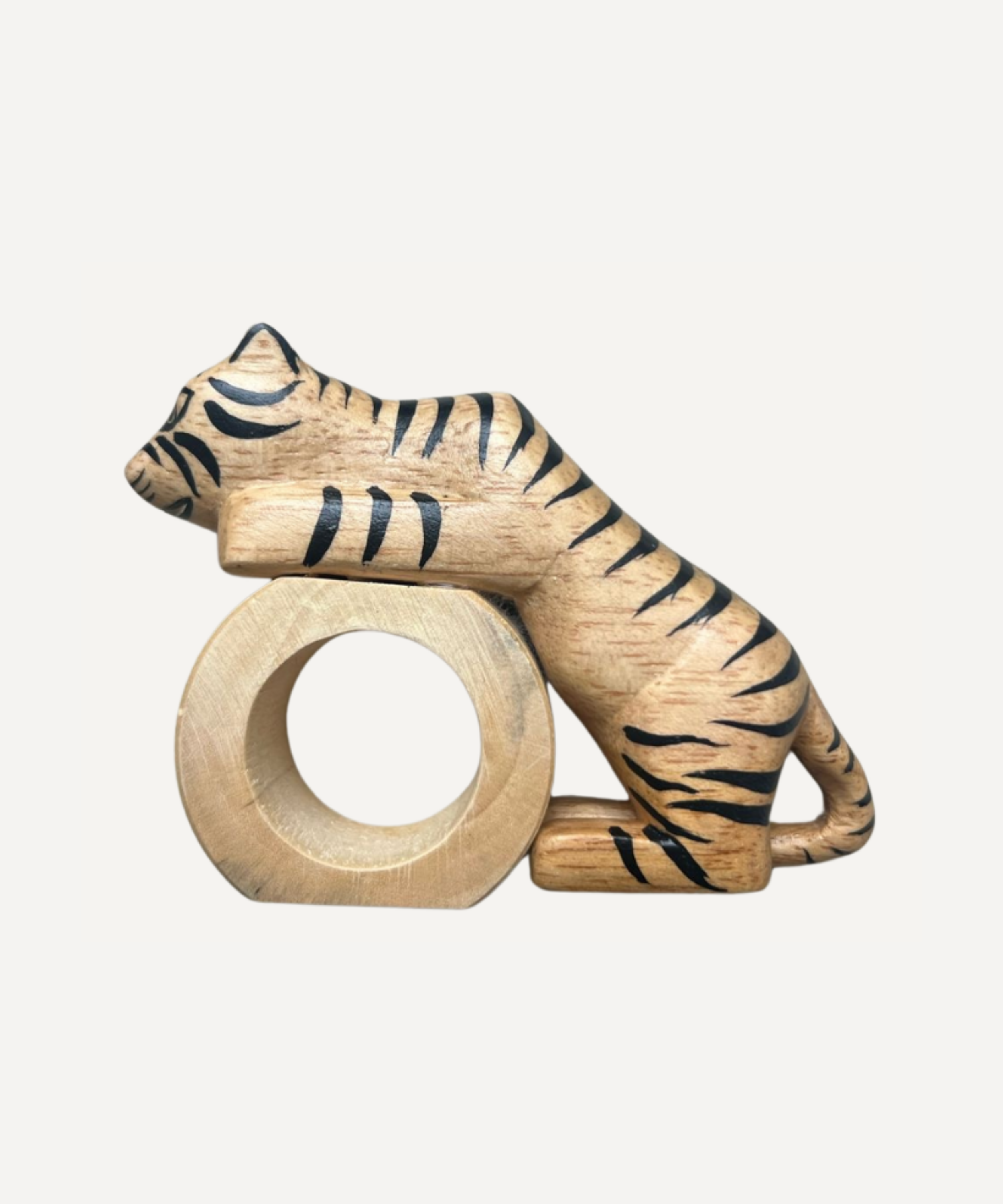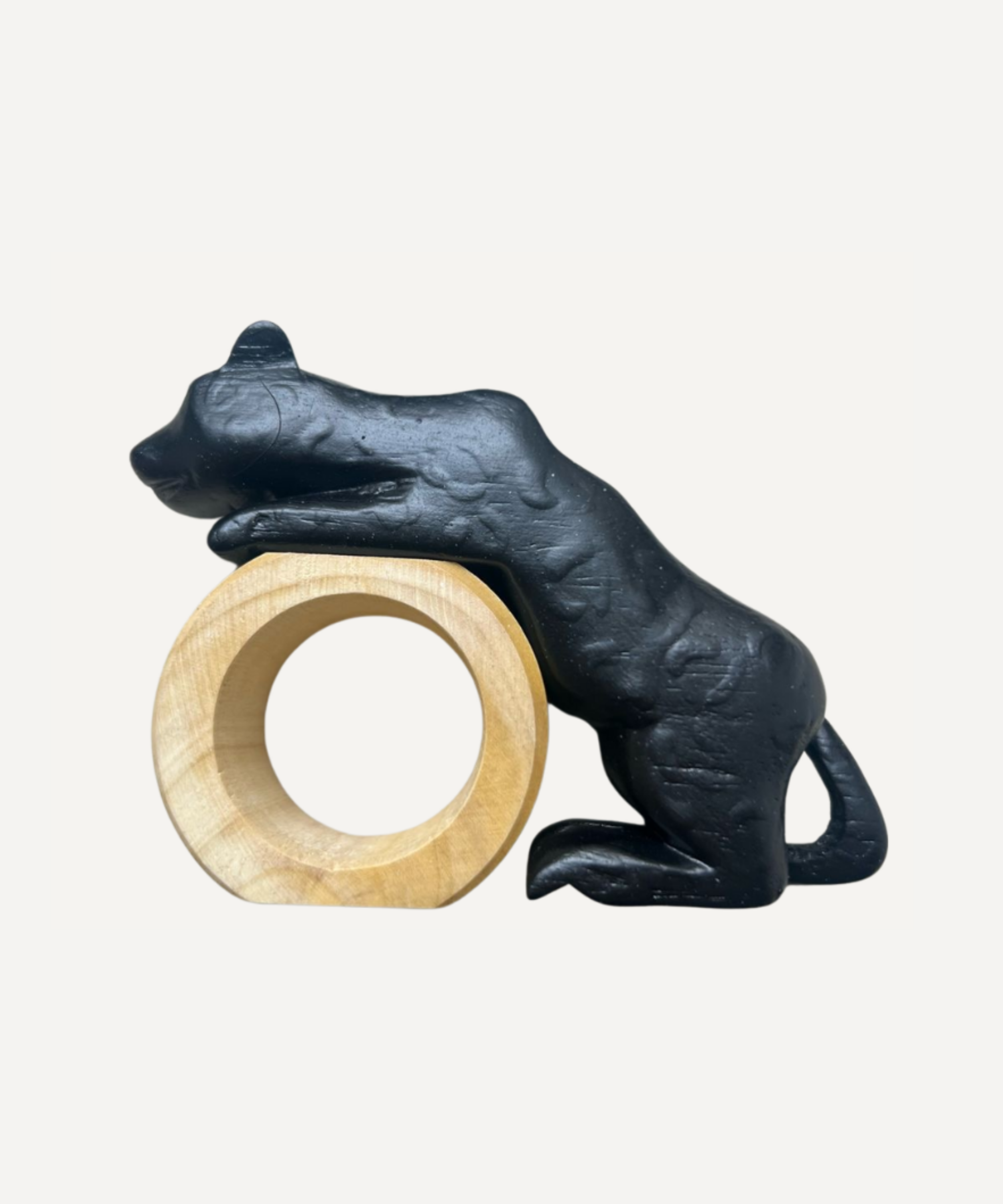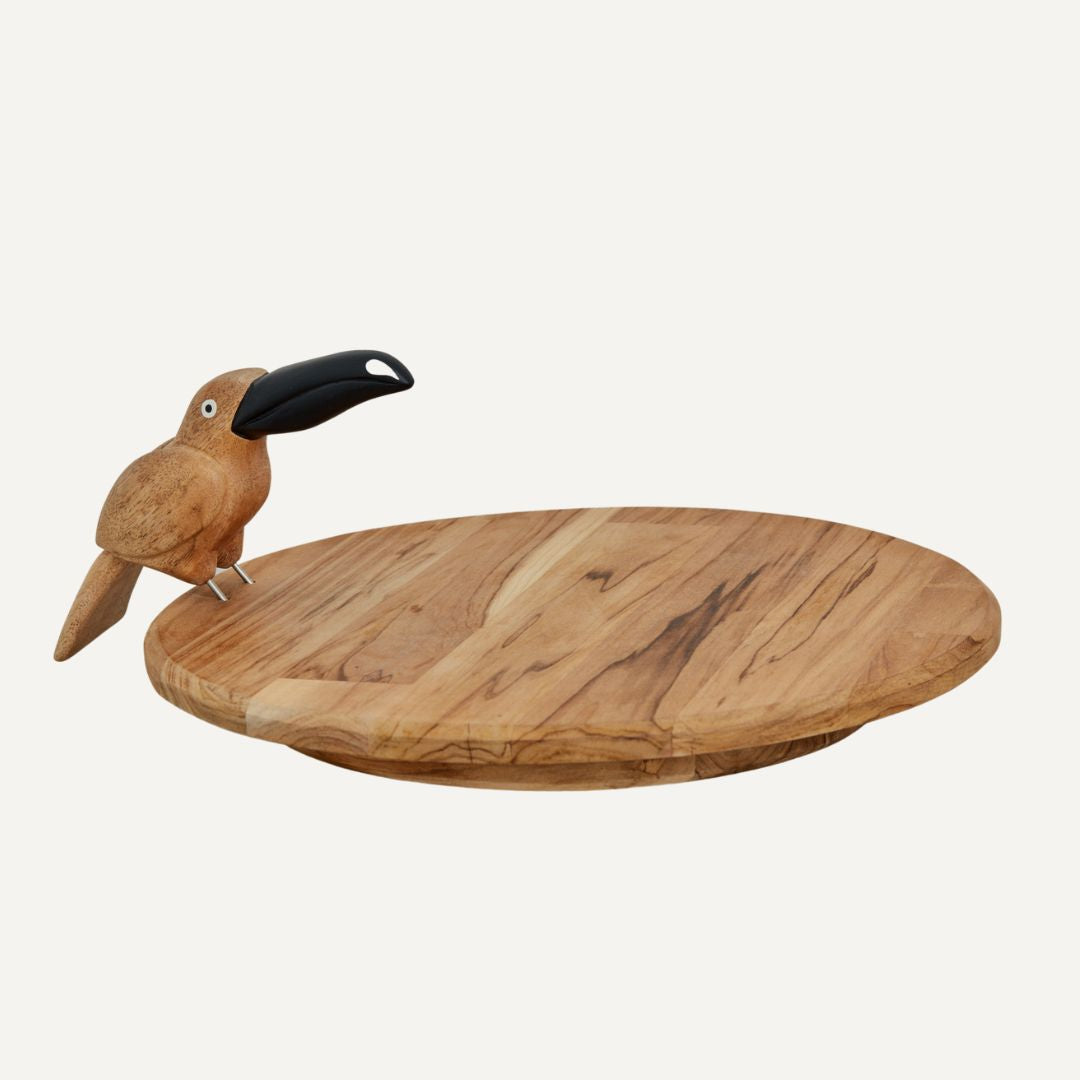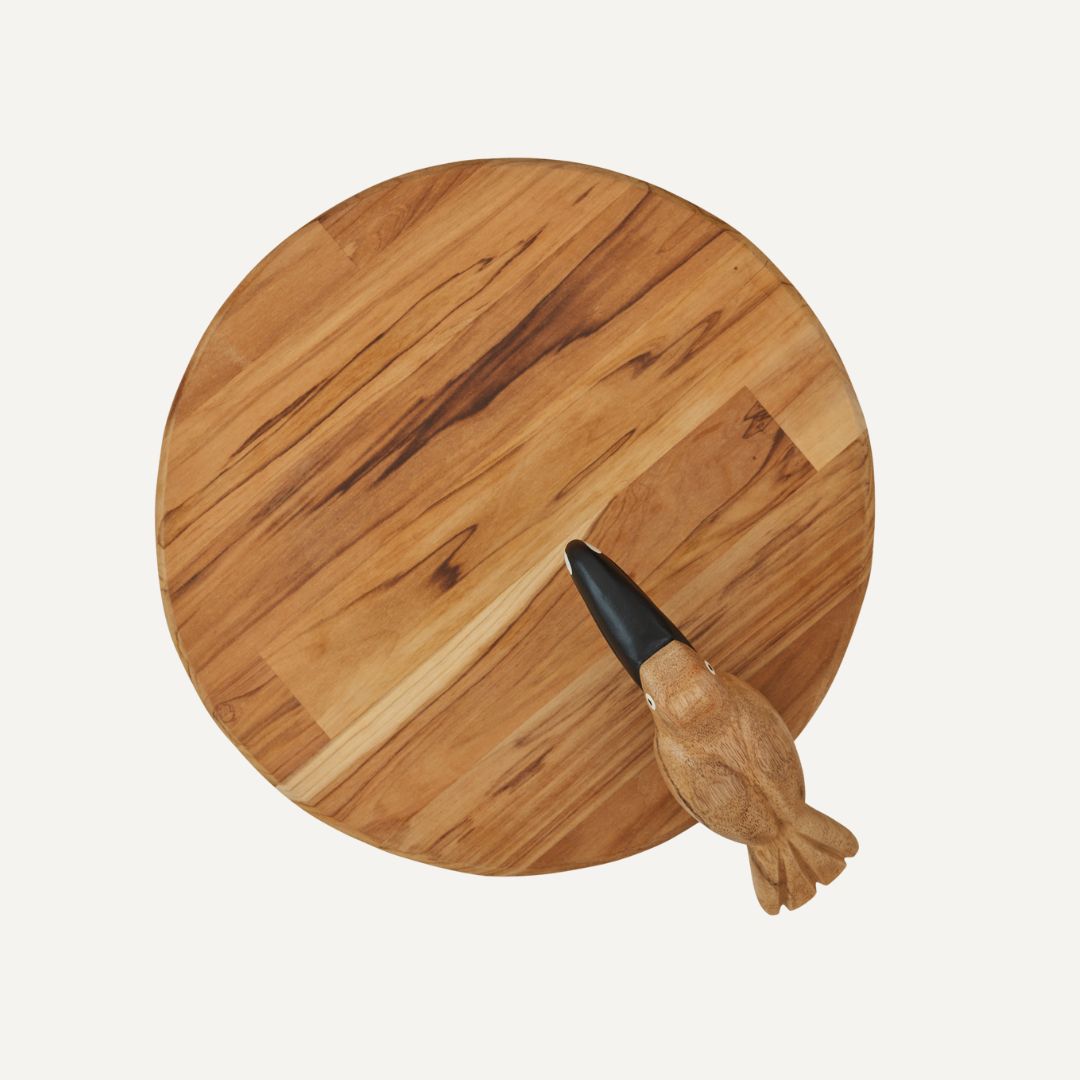The Process
Artisans begin by selecting a suitable piece of hardwood, taking into account its grain, density, and natural shape. The wood is then cut and roughly shaped using saws and chisels to define the basic form. Detailed carving follows, with finer tools used to create intricate patterns, textures, and decorative motifs. Once the carving is complete, the piece is sanded smooth to reveal the wood’s natural beauty, then finished with oils, waxes, or plant-based varnishes to protect it and enhance its color and grain. The result is a durable, functional, and visually striking object that reflects both the skill of the artisan and the character of the wood itself.
